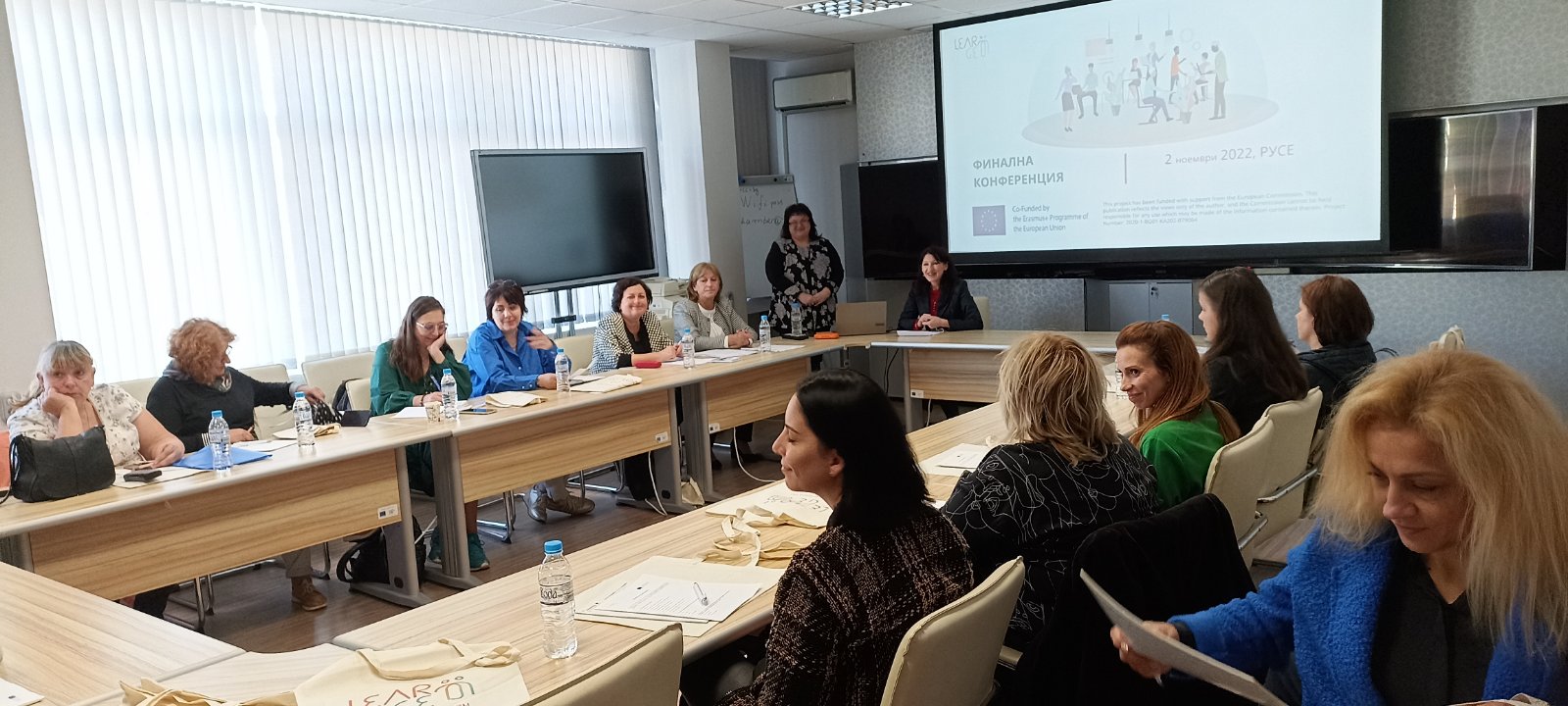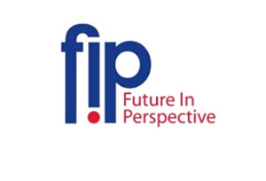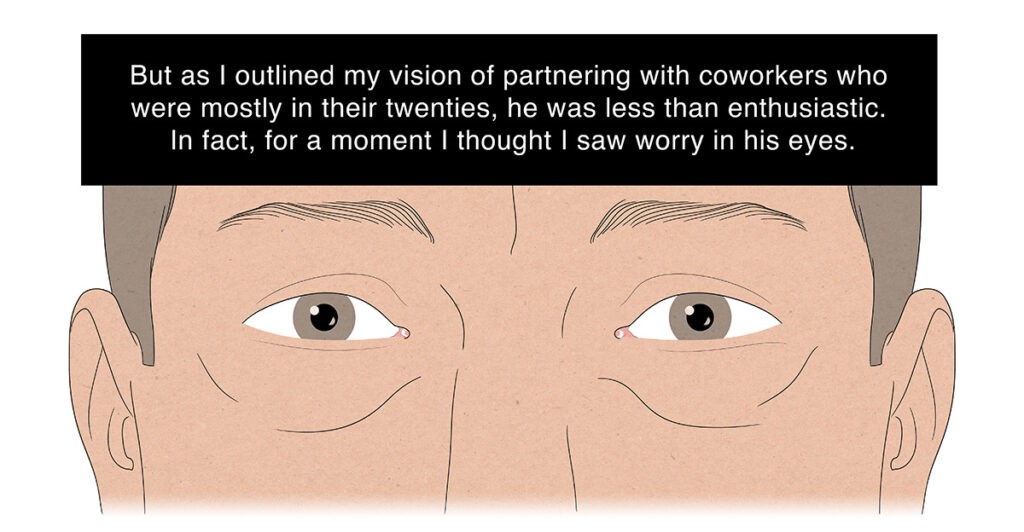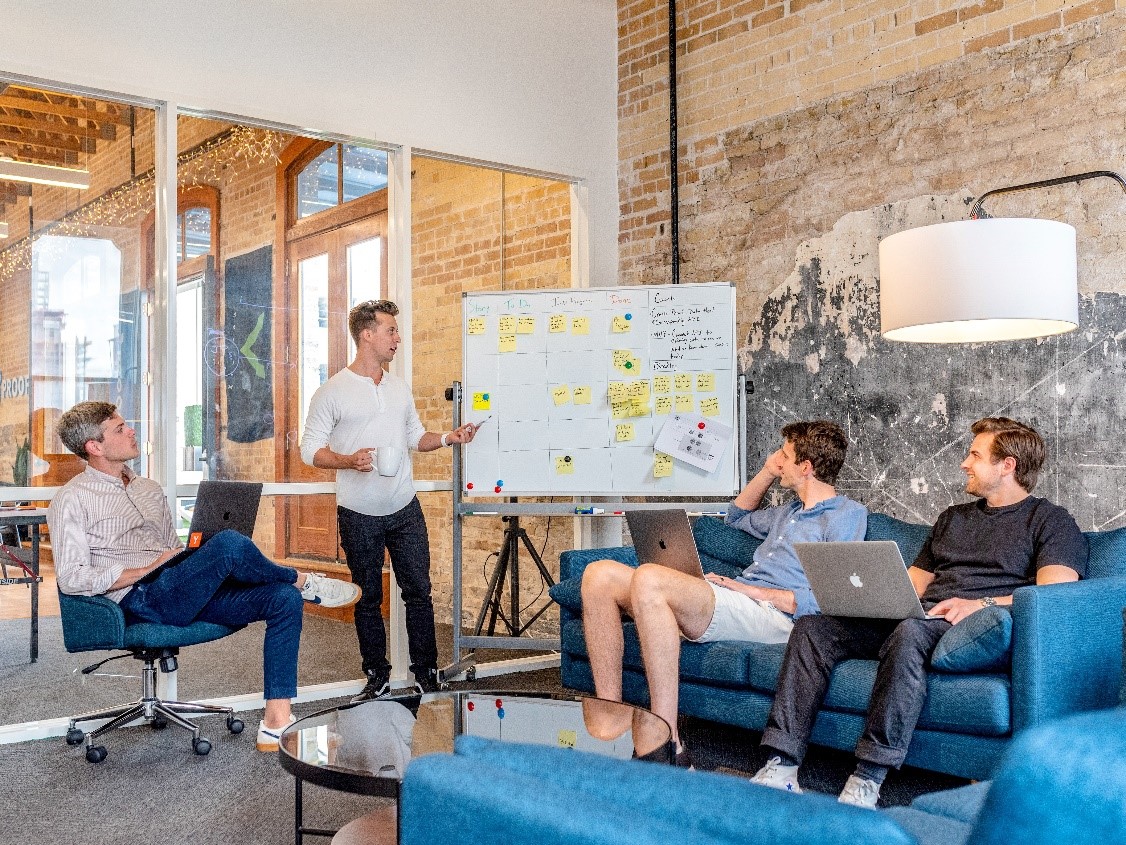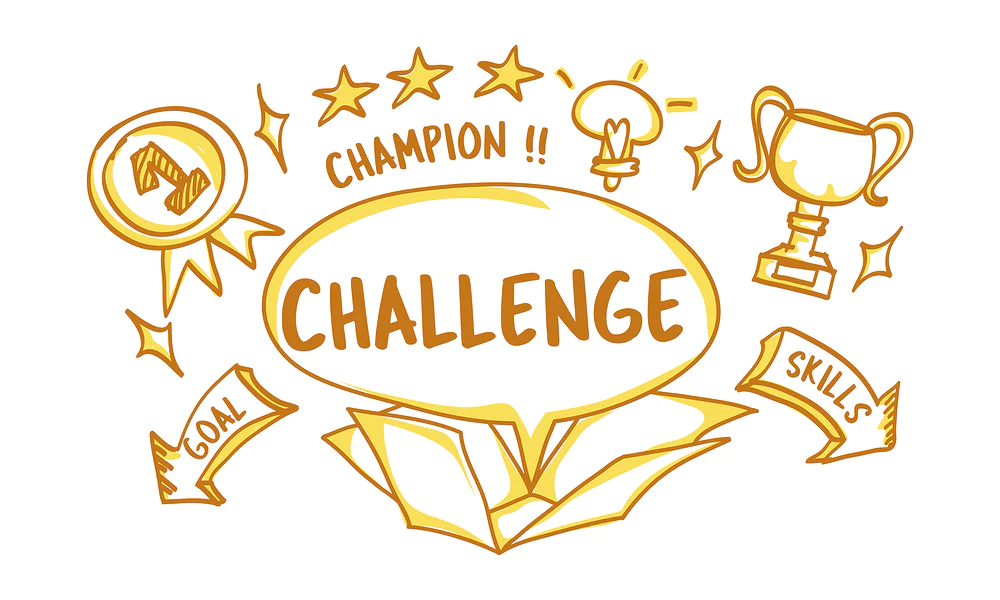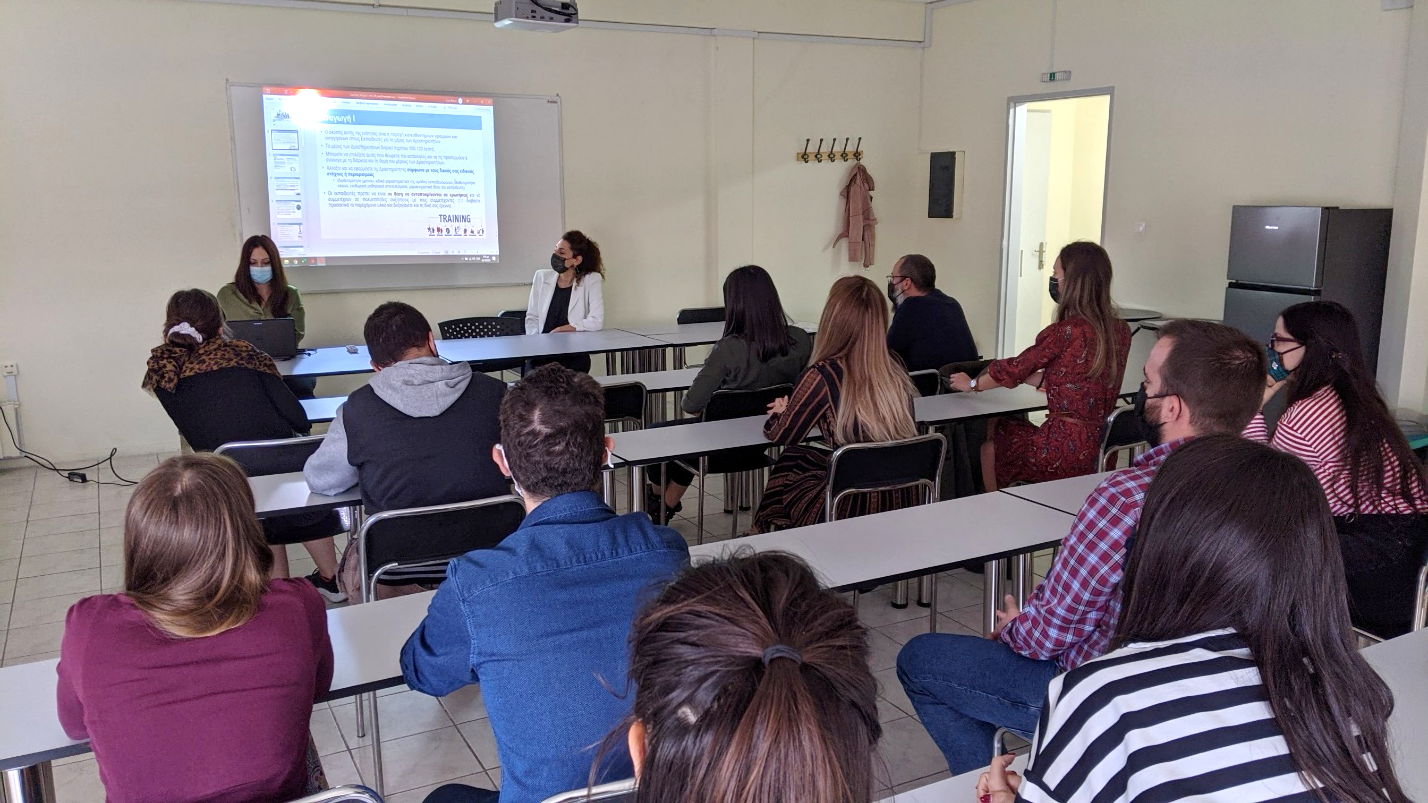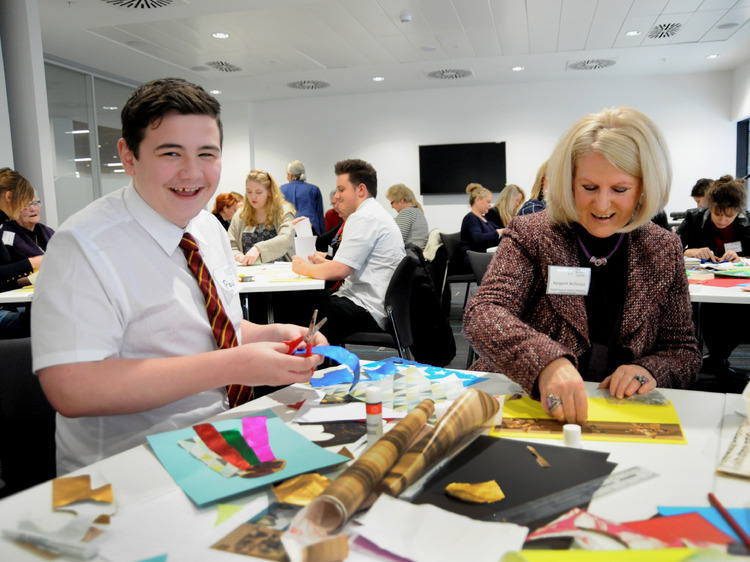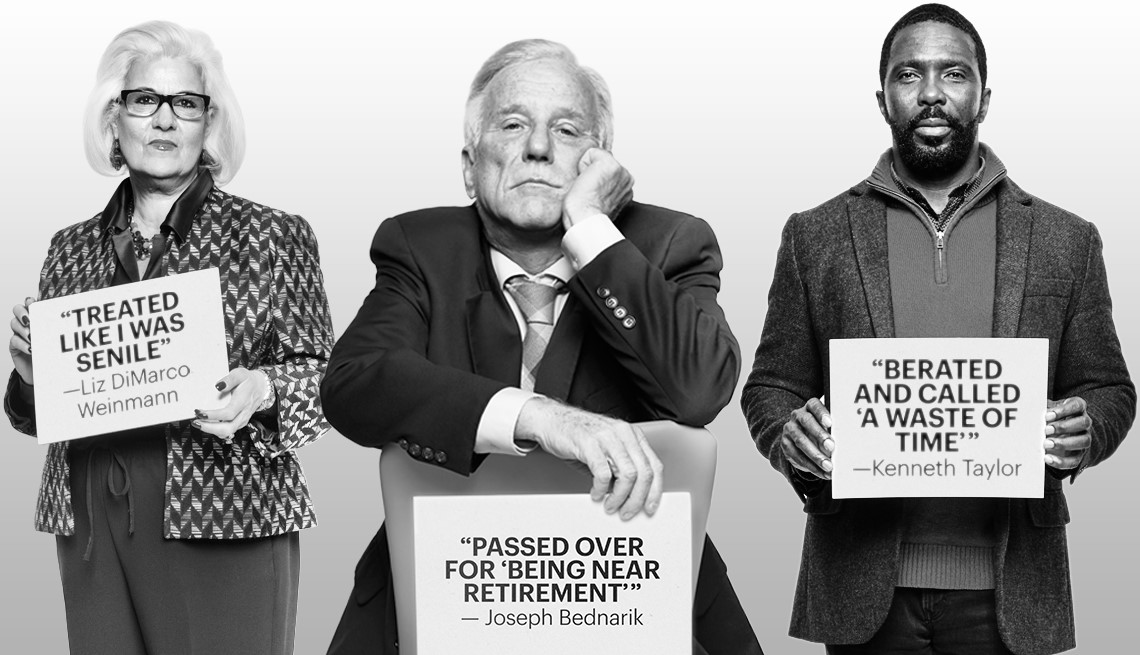
“Reverse Mentoring: a solution to bridge the age gap in the workplace”
Written by adminLearnGen on . Posted in news.
“Reverse Mentoring: a solution to bridge the age gap in the workplace”

The proactive management of equality, diversity and inclusion are increasingly important to the culture of a company and how it operates today. Many organisations are striving to break down barriers, promote inclusivity and look at ways to retain existing employees. When we consider it, the term “generation gap” has never been more relevant than it is today with up to five generations working side by side – from the baby boomers born between the mid-1940s and the mid-1960s to Generation Z, who were born after 1995.
Today’s workforce challenges management with a wide ranging life experience and age gap to plug, not least because technology has changed the working environment so much since the baby boomers entered the labour market initially. Reverse Mentoring, a concept first made popular in the 1990’s, is a possible solution to bridge the age and generational gap within the workforce.
Reserve or reciprocal mentoring was initially a way to close the skills gap and introduce new technology to senior managers using a basic mentor partnership but reversed. For example, a younger employee would ‘mentor’ an older, more senior employee. The senior employee, usually management, could then take on board the ideas and have the power to support implementation within the business. For the reverse mentoring relationship to work, it must have clear objectives and take place at fairly regular intervals; although the arrangement need not be too formal or rigid. Mentors and mentees should be at ease with the arrangement so they receive the most value from it. Like any form of mentoring, reverse mentoring in any organisation should be based on trust, confidentiality, mutual respect and sensitivity.
Reverse Mentoring is a bridge-building exercise between the generations where the conversation can range from integrating new digital communications tools to discussing what younger people believe the world of work should look like. “Reverse mentoring is a two-way street,” says Mary Harrison, chief executive of business training and support company, Optimum. “The results can be tangible and invaluable in helping today’s leaders to drive a stronger and more robust business and providing tomorrow’s leaders with an opportunity to experience a view from the top.”
Professor Karl Moore from the Desautels Faculty of Management at McGill University suggests some more subtle ways of reverse mentoring: ‘These include things like sending your mentee articles to read, suggestions of TED talks to watch, or things that struck you that you want to share with them. You might also want to set up a time to have coffee and discuss the material you sent them and how it might apply to the business.’
For more on the LearnGen Project, please visit us at www.learngen.eu
Author: Future in Perspective, Ireland
August 2021

